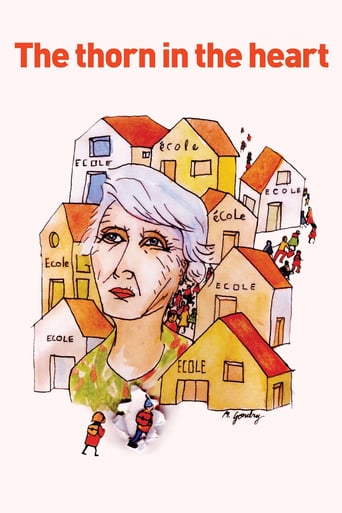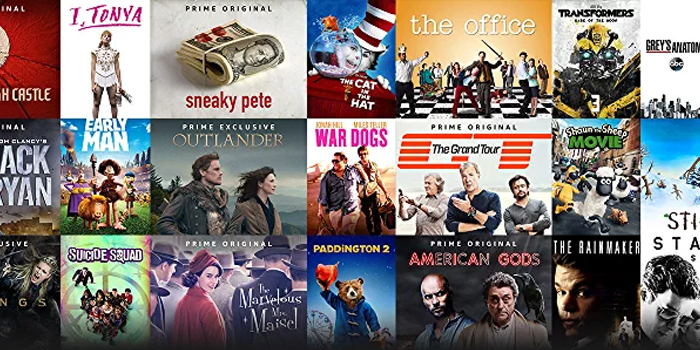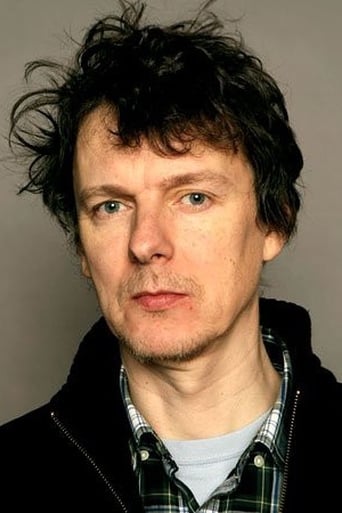

The Thorn in the Heart (2009)
Michel Gondry chronicles the life of Gondry family matriarch, his aunt Suzette Gondry, and her relationship with her son, Jean-Yves.
Watch Trailer
Cast
Reviews
That was an excellent one.
A Major Disappointment
To all those who have watched it: I hope you enjoyed it as much as I do.
if their story seems completely bonkers, almost like a feverish work of fiction, you ain't heard nothing yet.
Switching, as he does, between music videos, documentaries and Hollywood pictures, Michel Gondry chose to focus on the life of his aunt Suzette for his latest documentary. Using his cousin's old Super 8 film footage, interviews, animation and the odd outtake that should have remained on the editor's floor, the story of Suzette's life as a teacher, moving from school to school across the 60s, 70s and 80s is told.Now, this is all very good, but why would anyone outside of the Gondry wider family have an interest in this story? This is where the faults creep in. The people involved in many of the stories are rarely introduced, leading the viewer to try and guess as to what relation each has to Gondry's aunt. This leads for quite a fractured and non-linear story, where the timeline has to be pieced together.But while the logistics are a little challenging, the more emotional side of the film's main focus, his cousin's relationship with his mother, Suzette, provide a more rewarding challenge. Probing into sensitive issues around the relationship of the pair, Gondry gives an insight unconventional family life and the issues that often remained untouched. It is perhaps Gondry's close relationship that allows him to delve into areas that an outside director would be unable to, though this closeness can also serve to alienate the viewer from those involved as the film becomes more and more personal.Using standard Gondry techniques, employing toy trains, animation and an unnecessary attempt at a music video, the documentary is put together with a light-hearted approach to some sensitive subjects. And indeed, The Thorn in the Heart is a nice, little piece into the director's family life. How important a documentary such as this is for a cinematic release is entirely up to you.www.politic1983.blogspot.com
I was able to see this movie at SXSW this year, and I'm grateful that I had that privilege.I really enjoy being able to look into a stranger's life and just learn random tidbits that would otherwise remain unknown. Being able to see the life of Suzette Gondry was very interesting. The film seemed like a personal movie that Michel made just for him and his family, but it was neat being able to watch this film and feel as if you're being welcomed into their lives--if even just a small part.After learning about all the ups and downs of her life and watching the impact she has had on many people, I felt as if Suzette had been a part of my life.
You may be asking yourself, and not because you're insensitive but just because it strikes you, 'why is Michel Gondry, director of some of the most visually dazzling and original films of the last decade making some personal documentary about his Aunt and cousin and her time as a schoolteacher and so on?' I suppose, for one, since he damn well feels like it and has a strong bond (or just a strong interest) in his Aunt Suzette and learning more about her and showing her history to us. Whether the film is a home movie should be irrelevant, albeit Gondry makes his movie The Thorn in the Heart as some kind of weird statement on home movies (see how he leaves in the sound the camera makes when he shoots on 16mm) and their organic quality. What matters, ultimately, is if the people are interesting, and if the stories they tell gain our attention, and maybe if we know them a little more at the end or, at best, we want to spend some more time with them.Without going as far to say Gondry made a great personal documentary, he did succeed on those terms I just mentioned. After a short time (and not including a kind of in-jokey opening story at the dinner table with Suzette laughing every other minute), we get into the story of this woman, Michel's Aunt, who lives in a rural village in France, and taught as a schoolteacher, raising her two children (her son, Jean-Yves, gets more time than the daughter, though she is mentioned and perhaps is on screen from time to time), and just living in a town like she did and the places she taught at. Gondry takes his small film crew to film some of these places, now mostly demolished or turned into homes, and he even goes to a rather touching extent of making up a projection room and screens a film (as used to be the place at the old school).Sometimes these stories Suzette, now old and almost if not completely blind, are really amusing and just completely down to earth. We also hear about those she took care of, like Jean-Yves, and about his coming out of the closet (this is talked about in such a matter of fact, or just uncomplicated, way that it's sobering and heartfelt), and about when she took care of her grandkids (or maybe it was another third-generation 12 year old kid) in New York City for a year in 2005 or 2006. Some of these details could be made clearer, but it's hard to look at that as a big bad against the movie when Gondry takes such care in giving her time to speak, clearly, and go through the pages and other things in memory. Indeed the film reminded me of that wonderful film of his, Eternal Sunshine of the Spotless Mind, as a person looks through the myriad of memories, good and bad, and a train set (one of which that Jean-Yves might have made in his day as a hobby) is used as a transition device from year to year from the 1950s to the 1980's.One of the bad memories that comes to light is the circumstances surrounding the death of Suzette's husband very suddenly in the 70's. She found out on a Monday and didn't tell her kids until two days later (she gives a reason as one of them had very important exams and would be completely devastated - the other one, Jean-Yves, was devastated, and it led to his nervous breakdown some time later). She tells this with great sorrow but as a fact of what happened; Suzette misses her husband, but at the same time is philosophical about death. "I only think about it because I know it's coming soon," she says in narration as she walks through a graveyard. So moments like these, for Michel, are as important as those lighthearted reveries and glances through old photo albums with a friend.There are dark corridors of the past explored, but Gondry isn't going so far as, for example, Zwigoff's film on Crumb. He has too much imagination and an eye for joy that it's just not possible to be too gloomy. He loves this woman and hopes that if we don't love her by the end (and she's for the most part just a painfully normal grandmother, probably nicer than most old people or more understanding from being a teacher), we can admire her. It's on that strength alone I would recommend the film, but there are other little moments that will delight fans of Gondry's work. He throws in some stop-motion animation here and there, and is interested in the splitting up of footage and stock (digital to archive footage to 16mm) as we see a "home movie" being made in front of us.But best of all is a random but inspired scene where he gets a bunch of schoolchildren who've been doing a Q&A with Suzette to put on Chroma-Key shirts and pants (these are the same thing as green-screen), and what we see is floating heads and torsos and little legs playing in the room and the yard. It's moments like these that make me smile in the movies, even if there is no real precise reason it should be in this story of Suzette's at all. 7.5/10
Just saw this film in NYC, there was also a Q&A after with the man himself after. I found the film to be a beautiful portrait of someone's life, and how the people around them are affected. Michel said in the Q&A that he wanted to give his Aunt some visual record/history of her life, and this film goes to show that you don't need to create a Hollywood fictional character, real people are just as interesting and entertaining. Gondry uses a mixture of visual formats to illustrate the documentary, from super 8 to his well known stop motion. This adds a richness, and a historical depth that works within the context of the film. The film is emotionally moving at times and also humorous. The film is simple and enjoyable, one that does not need to be taken too seriously, yet carries tones of a maturity in Gondry's work that is often not always so prominent. Go see it!
